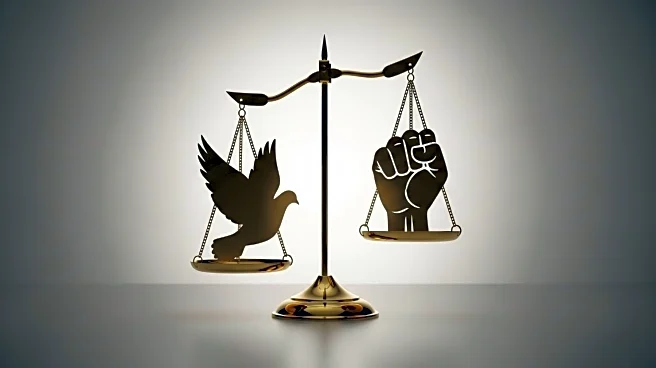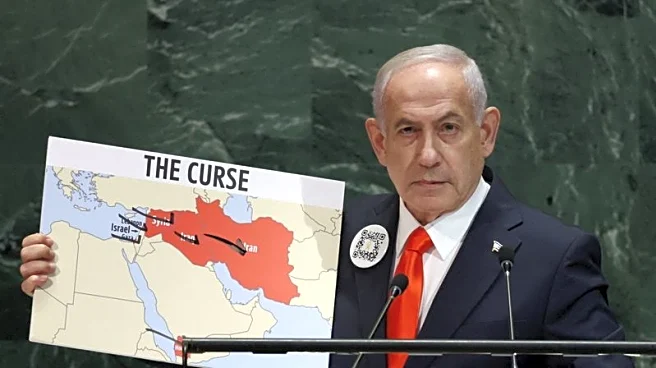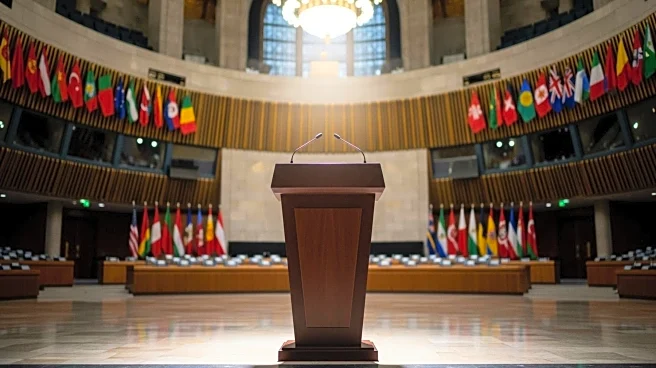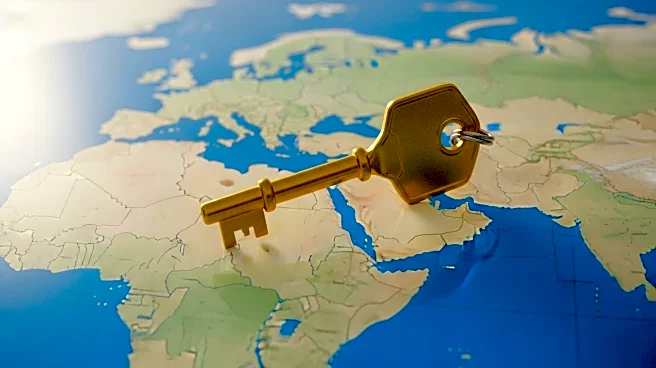What is the story about?
What's Happening?
The Trump administration has proposed a comprehensive 21-point plan aimed at resolving the ongoing conflict in Gaza. This plan includes a rapid ceasefire, hostage-prisoner exchanges, and a phased pullback of the Israeli Defense Forces (IDF). Additionally, it outlines the establishment of a stabilization force and a pathway to governance led by the Palestinian Authority, contingent upon certain reforms. Despite these efforts, the plan has encountered resistance from key stakeholders, including Israel, Hamas, and the Palestinian Authority. The proposal is part of a broader strategy to stabilize the region and facilitate a peaceful resolution to the conflict.
Why It's Important?
The significance of this plan lies in its potential to reshape the geopolitical landscape of the Middle East. If successful, it could lead to a reduction in hostilities and pave the way for long-term peace and stability in the region. The plan's emphasis on governance reforms and international cooperation could also enhance the Palestinian Authority's role in regional politics. However, the resistance from major parties highlights the complexities involved in achieving consensus. The outcome of this initiative could have far-reaching implications for U.S. foreign policy and its influence in the Middle East.
What's Next?
The next steps involve continued negotiations and diplomatic efforts to address the concerns of the involved parties. The Trump administration may need to engage in further dialogue with Israel, Hamas, and the Palestinian Authority to refine the plan and gain broader acceptance. The international community will likely monitor these developments closely, as the success or failure of this initiative could impact future peace efforts in the region.
AI Generated Content
Do you find this article useful?













